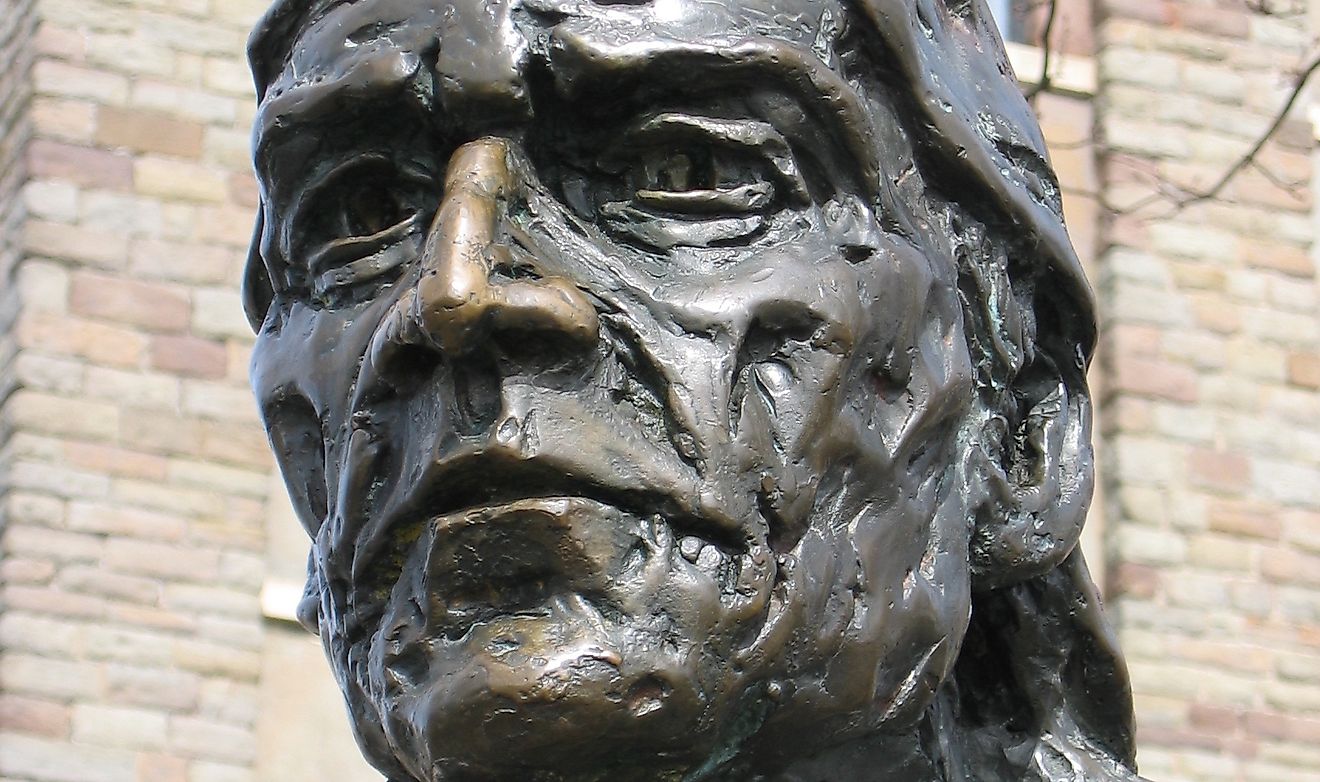John Cabot - Explorers of the World

5. Early Life
John Cabot was an Italian-born explorer credited as being the European to "discover" the North American mainland for the second time. He was born as Giovanni Caboto in Genoa, Italy, in around 1450. Cabot’s family moved to Venice around 1461, and they became naturalized Venetians. His father was a merchant. Based on the historical records available to us today, it is believed that Cabot also worked as a spice trade merchant in the Levant, or Eastern Mediterranean. He also travelled to Mecca, which was a trading hub for Oriental and Western goods alike. It was around that time that Cabot intensified his studies in navigation and map-making.
4. Career
After finishing his studies, Cabot developed an interest in traveling to affluent markets by sailing westwards like his fellow countryman Christopher Columbus (who was also born in Genoa) had done. Around 1490, Cabot settled in the Bristol Port area in England. In May of 1497, with support from the English King Henry VII, Cabot sailed west with his ship The Matthew hoping to find Asia. Instead. his voyage landed him in what is now Newfoundland, Canada. Historical accounts report that Cabot mistook Newfoundland for Asia. For his second voyage, in 1498, he set off to discover Japan. The King gave Cabot 5 ships with 500 men, though he was never heard from again.
3. Discoveries
Like Christopher Columbus, John Cabot loved to explore. He is credited with claiming North America for England. He was the first European who sailed across the Atlantic for England after being given authorization by King Henry VII. According to the historical records of Athabasca University, John Cabot is believed to have been the first writer of Italian-Canadian literature, when his ships docked at Newfoundland. As captain of his ships, he wrote logs about Newfoundland upon arriving there, and these logs served as some of the first written records of the area.
2. Challenges
For his second voyage in 1498, Cabot is believed to have faced mutiny among his 500 men, or otherwise was beset by weather challenges, such as biting cold and the threat of icebergs. Though historical records on the event are often sketchy and conflicting, John Cabot is generally believed to have died on his second voyage to North America. Of the fleet of five ships assigned to him by King Henry VII, only one ship returned. Severely damaged, it was anchored in Ireland. The accounts of this ship's survivors led many to make presumptions by historians that John Cabot may have been shipwrecked, after being caught up in a storm in 1498.
1. Death and Legacy
Various accounts exist on how John Cabot died. Of them all, the most seemingly credible is that he died when his 5 ships got caught up in a severe storm on this second voyage to North America. Historians hail John Cabot as one of the greatest Italian explorers of his time. His exploration and discovery of the North American mainland in 1497 was the first such venture inland into the New World since the Northern Vikings had been believed to do so in the 11th Century, led by Leif Eriksson. Though not the first explorer to set foot in North America, Cabot is credited with having foreshadowed the English domination of the continent to come, and the longstanding association of English culture and language with contemporary North America.











